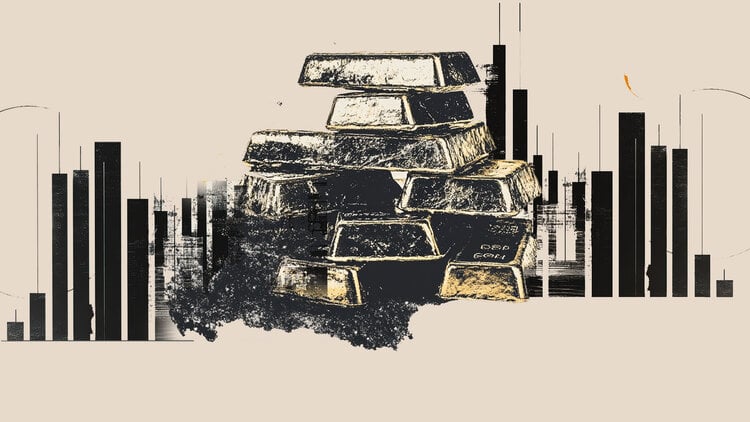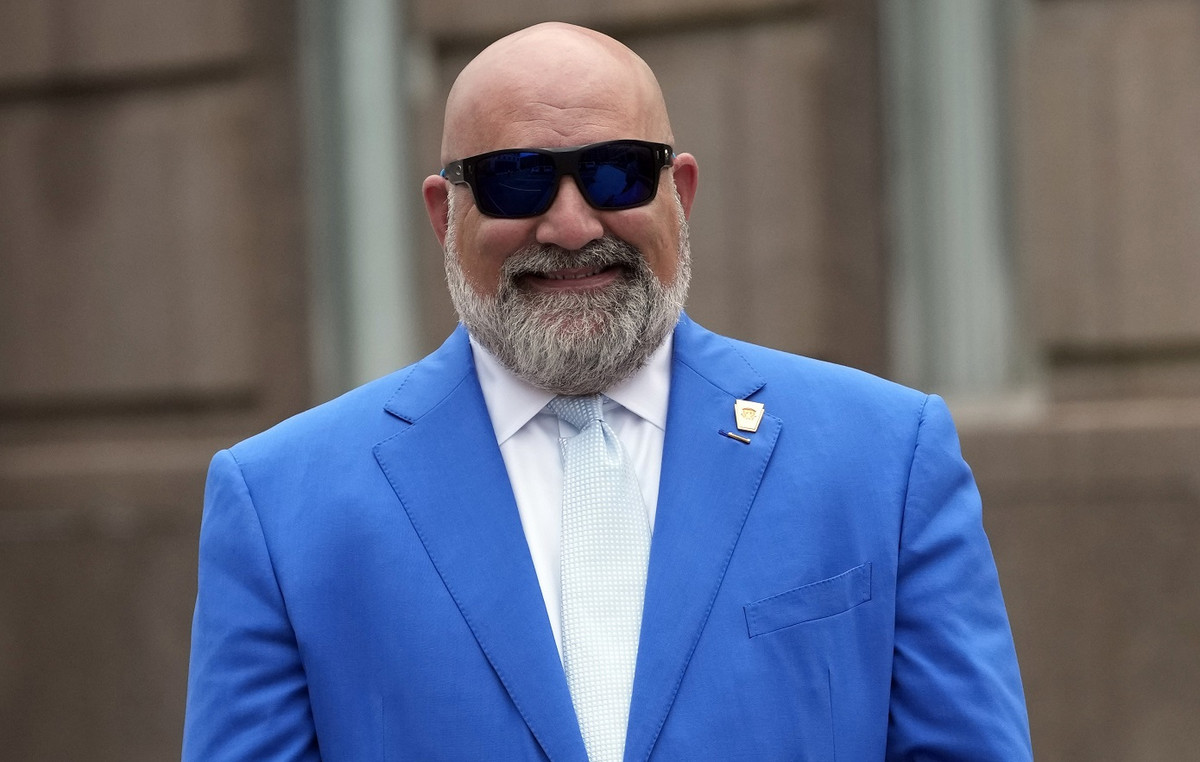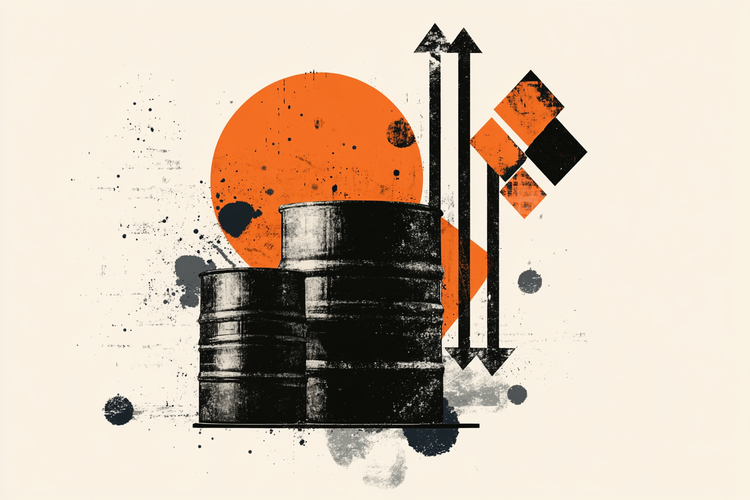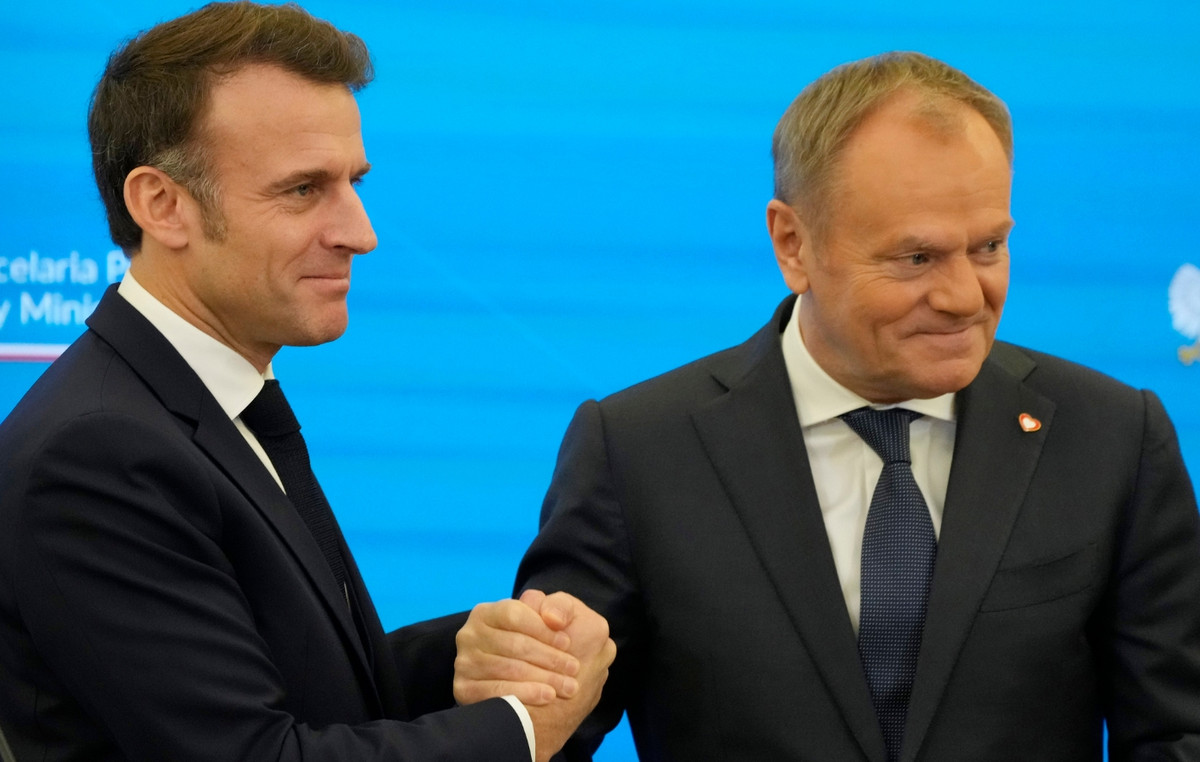A ton of bunker, fuel that supplies ships, is being sold at US$ 1,200. In January of this year, the price at the pump was around US$ 600, a 100% readjustment in five months, according to Petrobras data.
In 2022, according to the National Waterway Transport Agency (ANTAQ), Brazil transported 187 million tons of industrial products and food abroad on vessels and 50 million tons in navigations within the country.
According to the Brazilian Association of Cabotage Shipowners (ABAC), which represents maritime transport companies in the national territory, fuel expenses represent 60% of operations. The rise has reflected an increase of at least 45% in sector costs.
According to ABAC, to fill a ship’s tank, seven thousand tons of fuel are needed. That is, more than R$ 7 million.
Price fluctuations have an immediate effect on the freight business.
Unlike other fuels, the values follow the variations of the international market in real time.
“The fuel is quoted in dollars, and does not obey the parity police, as with diesel, kerosene… So, it changes almost daily according to the international market”. Commented Luis Resano, executive director of the Brazilian Association of Cabotage Shipowners (ABAC).
According to Petrobras, “bunker prices in Brazil are in line with the prices of the same product in the main ports in the world and these have been impacted by the high price of Brent”.
For professor at the Federal University of Rio de Janeiro (UFRJ), Diego Malagueta, a doctor in energy planning, the discharge is directly related to the closing of the port of Shanghai, in China, a measure adopted to control Covid-19 in the country.
“There was a bottleneck caused by the lockdown. Maritime logistics around the world were impacted. With the ships stopped, the demand for bunkers decreased and there was fuel left. To balance, production was reduced. But now, with the resumption of navigation, demand has exploded and the amount of fuel has not matched demand”, explained the professor.
Currently, it is the freight contractors who bear the price hikes. When the pump value exceeds the contract forecast, the surplus returns to the contractor.
“Our supply is made in the Santos basin. When the value of the pump exceeds that stipulated in the contract, we have to pass it on to the contractor. And this transfer also ends up reaching the transported product. At the end of the day, who pays is the final consumer”, explains the executive director of the Brazilian Association of Cabotage Shipowners (ABAC).
In addition to the increase in fuel, the vessel transport sector in Brazil also had to overcome the loss of a considerable market.
Transport between Brazil, Argentina and Uruguay has plummeted by 67% since the end of the agreement between the countries, adopted by the Federal Government, in October (2021).
“Commercialization with these countries represented around 25% of our transport. But we were already preparing for this moment. However, we reached new markets and closed the 1st quarter with a 3.8% increase in operations”, explains the director of ABAC.
Despite the reduction in loads pointed out by ABAC, the Federal Government informed the CNN that the end of the agreement contributed to an increase in cargo transport between Brazil and other countries, due to the entry of foreign companies, which began to operate on the route.
The volume of orders grew 20.9% in the last seven months, with 9.5 million tons transported. But the rise in fuel prices is still the main concern of the Brazilian Association of Cabotage Shipowners. For Luis Resano, the successive readjustments put pressure on inflation and the entire productive sector.
“The world needs to move towards new solutions. Here in Brazil, we have invested in studies that help us to optimize our capacity. We were able to develop a paint for the ship’s hull that generates savings of 5% in fuel”, highlights the director of ABAC.
Source: CNN Brasil
I’m Susan Karen, a professional writer and editor at World Stock Market. I specialize in Entertainment news, writing stories that keep readers informed on all the latest developments in the industry. With over five years of experience in creating engaging content and copywriting for various media outlets, I have grown to become an invaluable asset to any team.







